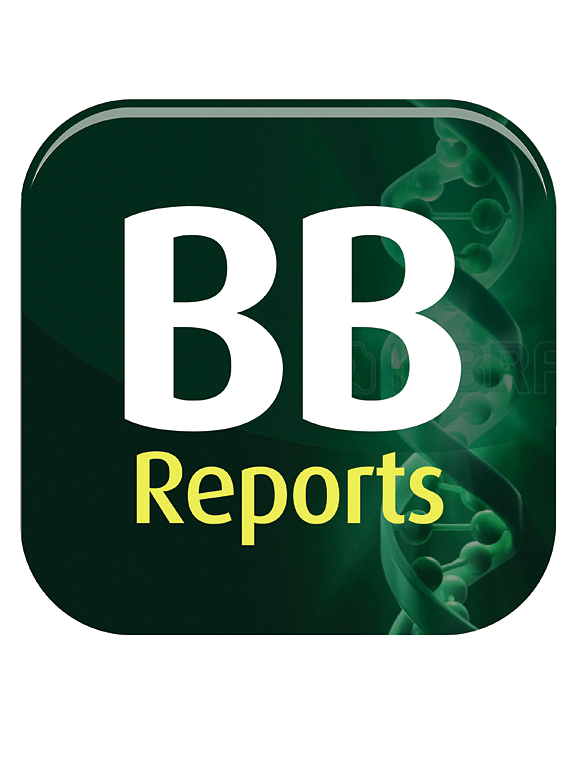机器学习揭开了神经胶质瘤分型和治疗的奥秘
IF 2.3
Q3 BIOCHEMISTRY & MOLECULAR BIOLOGY
引用次数: 0
摘要
胶质瘤是一种复杂的原发性恶性脑肿瘤,以其异质性和侵袭性而闻名,在治疗和预后方面都面临着重大挑战。全基因组研究的最新进展为研究神经胶质瘤的机制和治疗开辟了新的途径。通过单细胞分析,我们在胶质瘤中发现了一个特定的癌细胞相关基因簇。通过利用不同的数据集和采用非负矩阵分解(NMF),我们开发了一种基于该鉴定基因集的胶质瘤亚型方法。我们的研究深入探讨了新定义的亚型分类的临床意义和潜在的监管框架,揭示了其与胶质瘤恶性和预后结果的密切联系。鉴定的亚型之间的比较评估揭示了临床特征、免疫调节和肿瘤微环境(TME)的差异。利用limma R包、加权基因共表达网络分析(WGCNA)、机器学习方法、生存分析和蛋白质-蛋白质相互作用(PPI)网络等工具,我们确定了影响亚型分化的关键驱动基因,同时量化了相关结果。这项研究不仅揭示了神经胶质瘤的生物学机制,而且为这种复杂疾病的精确分子靶向治疗铺平了道路。本文章由计算机程序翻译,如有差异,请以英文原文为准。
Machine learning unravels the mysteries of glioma typing and treatment
Gliomas, which are complex primary malignant brain tumors known for their heterogeneous and invasive nature, present substantial challenges for both treatment and prognosis. Recent advancements in whole-genome studies have opened new avenues for investigating glioma mechanisms and therapies. Through single-cell analysis, we identified a specific cluster of cancer cell-related genes within gliomas. By leveraging diverse datasets and employing non-negative matrix factorization (NMF), we developed a glioma subtyping method grounded in this identified gene set. Our exploration delved into the clinical implications and underlying regulatory frameworks of the newly defined subtype classification, revealing its intimate ties to glioma malignancy and prognostic outcomes. Comparative assessments between the identified subtypes revealed differences in clinical features, immune modulation, and the tumor microenvironment (TME). Using tools such as the limma R package, weighted gene co-expression network analysis (WGCNA), machine learning methodologies, survival analyses, and protein-protein interaction (PPI) networks, we identified key driver genes influencing subtype differentiation while quantifying associated outcomes. This study not only sheds light on the biological mechanisms within gliomas but also paves the way for precise molecular targeted therapies within this intricate disease landscape.
求助全文
通过发布文献求助,成功后即可免费获取论文全文。
去求助
来源期刊

Biochemistry and Biophysics Reports
Biochemistry, Genetics and Molecular Biology-Biophysics
CiteScore
4.60
自引率
0.00%
发文量
191
审稿时长
59 days
期刊介绍:
Open access, online only, peer-reviewed international journal in the Life Sciences, established in 2014 Biochemistry and Biophysics Reports (BB Reports) publishes original research in all aspects of Biochemistry, Biophysics and related areas like Molecular and Cell Biology. BB Reports welcomes solid though more preliminary, descriptive and small scale results if they have the potential to stimulate and/or contribute to future research, leading to new insights or hypothesis. Primary criteria for acceptance is that the work is original, scientifically and technically sound and provides valuable knowledge to life sciences research. We strongly believe all results deserve to be published and documented for the advancement of science. BB Reports specifically appreciates receiving reports on: Negative results, Replication studies, Reanalysis of previous datasets.
 求助内容:
求助内容: 应助结果提醒方式:
应助结果提醒方式:


